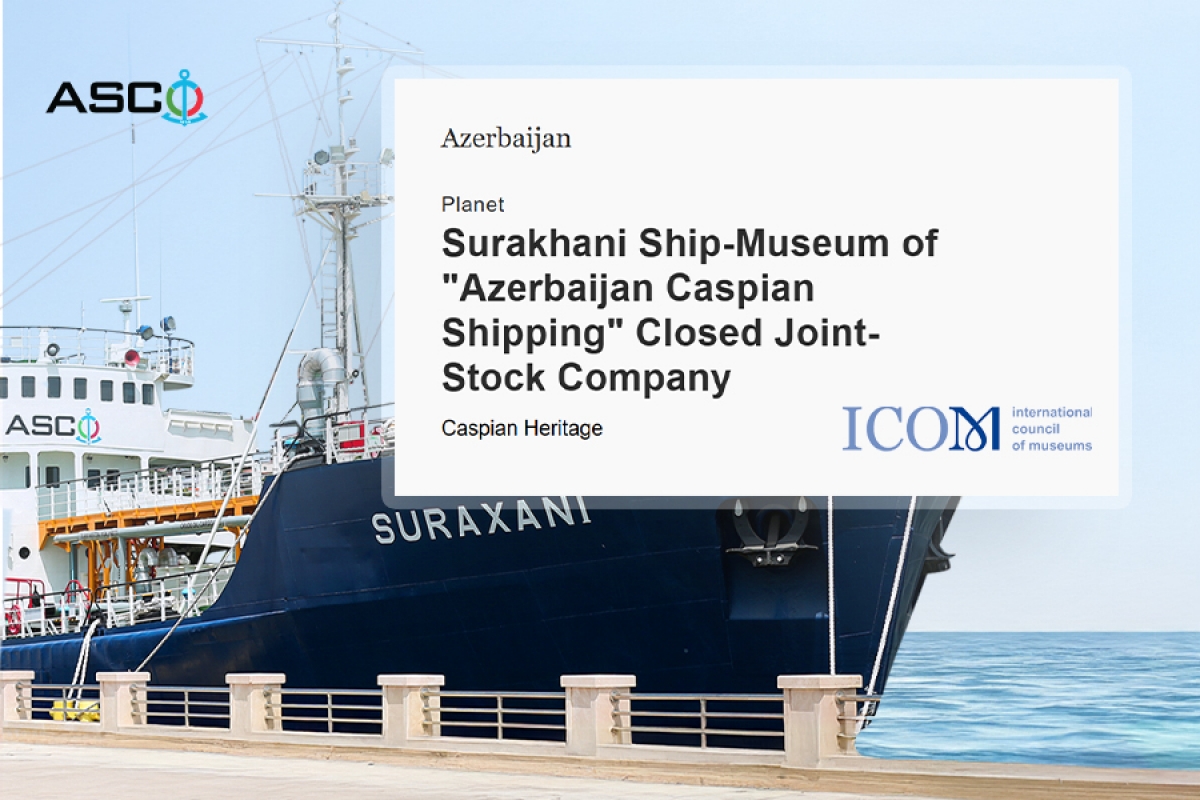News

“Surakhani” ship-museum project included in the preliminary list of the ICOM International Award
The International Council of Museums (ICOM) has announced the longlist for the “ICOM Award for Sustainable Development Practices in Museums.” From Azerbaijan, only the “Surakhani” Ship-Museum’s project “Heritage of the Caspian” has been included.
The competition, launched by ICOM in 2024, received applications from 124 countries. The jury conducted an initial selection and compiled a longlist of 130 projects from 60 countries. At the next stage, these projects will be further evaluated to determine the shortlist, followed by the selection of three finalists. The winners will be announced in December 2025 at the ICOM General Conference in Dubai.
Projects are assessed by an international jury based on the five key areas of the 2030 Agenda and the Sustainable Development Goals (People, Planet, Prosperity, Peace, and Partnership).
The “ICOM Award” is the first global prize recognizing innovative initiatives and exemplary practices in the field of sustainable development within museums. It holds special significance as the first international award addressed to all ICOM members.
It should be noted that the world’s first tanker museum applied for the “ICOM Award” in 2023 with the exhibition “Heritage of the Caspian,” dedicated to the Year of Heydar Aliyev and the 165th anniversary of the Azerbaijan Caspian Shipping Company, as well as with the “Art Plast” project, implemented within the same framework under the motto “Less Plastic, More Life: Together for a Clean Sea!” in connection with the “Year of Solidarity for a Green World” and COP29.
The “Heritage of the Caspian” exhibition showcased ancient artifacts retrieved from the seabed of the Caspian, diving equipment and tools used by the underwater archaeological team. Visitors also learned about Azerbaijan’s submerged cities, sunken medieval ships, rich culture, and extensive trade relations.
Within the framework of the “Art Plast” project, installations were created, including a 5-meter-long fish, as well as a seagull, a seal, and a sea horse—each over 2 meters high. Additionally, a 4-meter-long world map installation made of plastic bottles was displayed, along with vases crafted from decommissioned boats, placed in front of the “Surakhani.” These eco-artworks not only emphasized the importance of keeping the environment clean and the dangers of plastic pollution to ecosystems—especially to marine life—but also visually demonstrated that waste can be transformed into useful items and even works of art.

